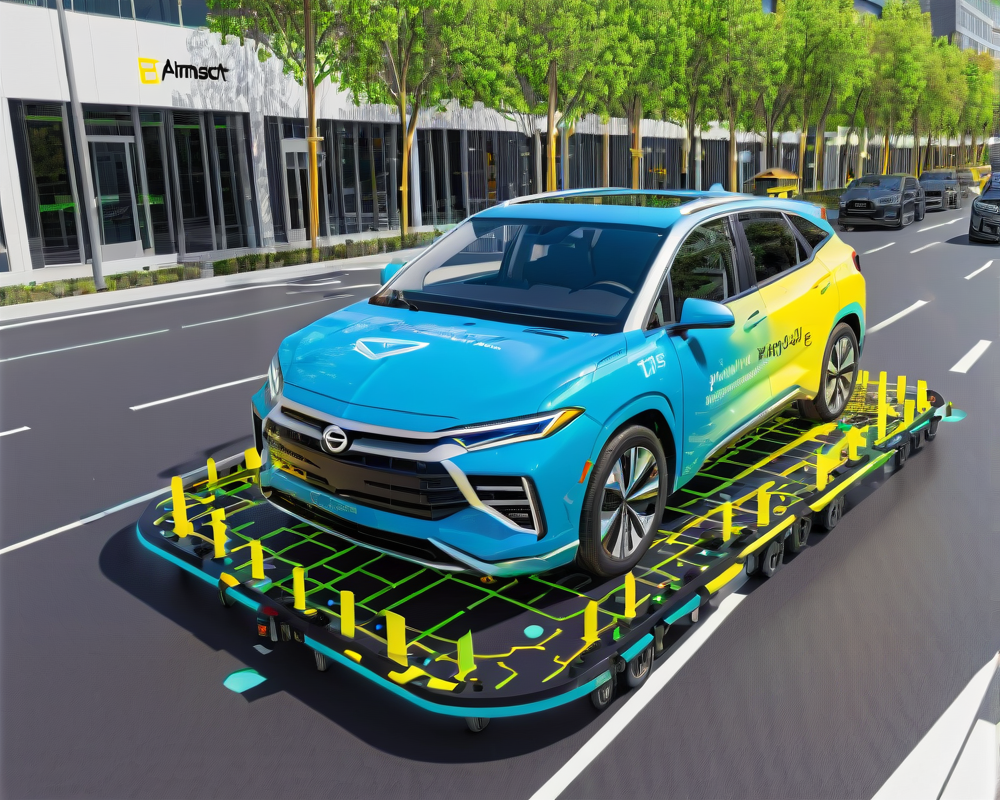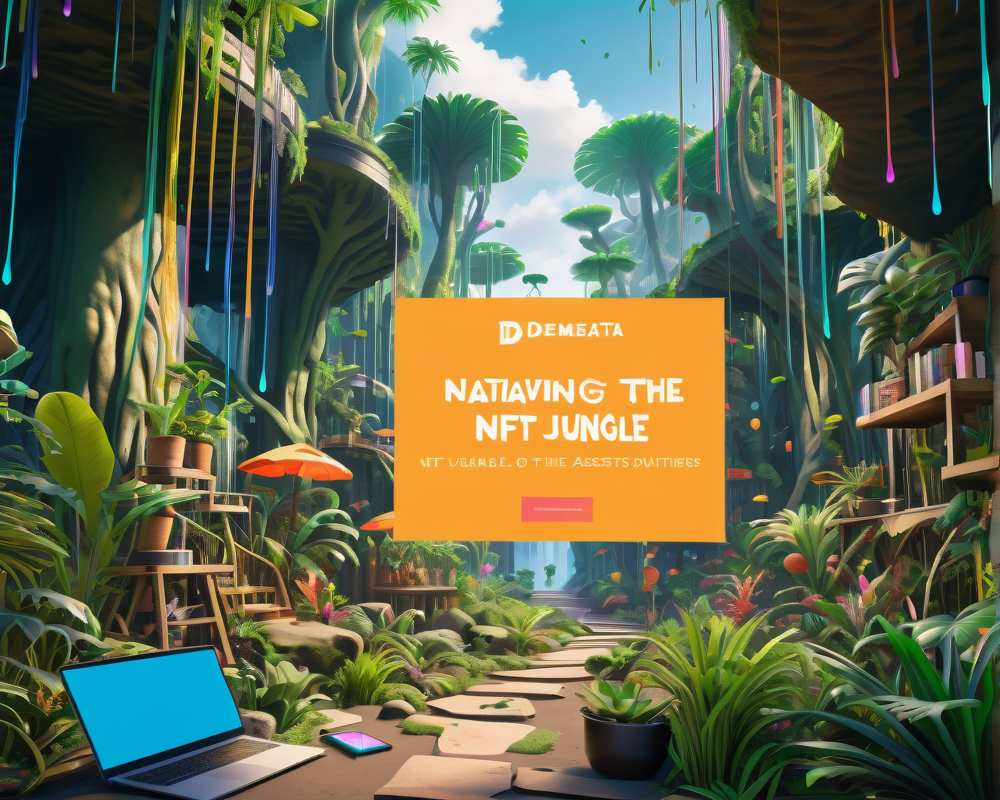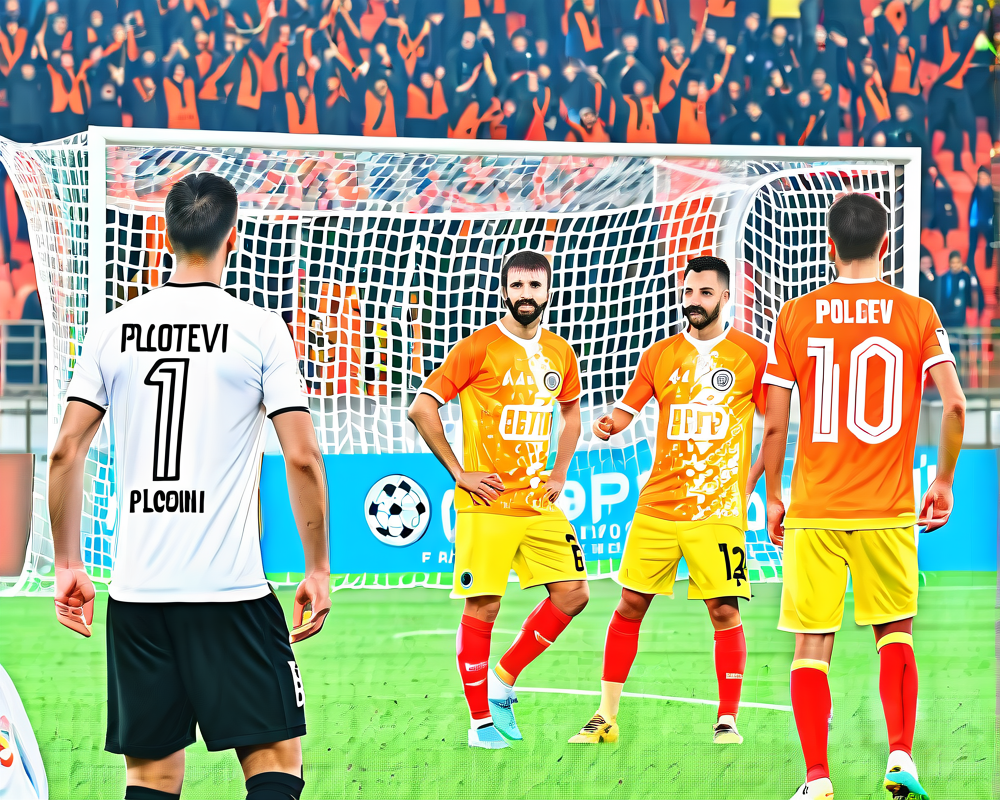Tesseract: Transforming the Future of Mobility
On August 30, Ernst & Young (EY) launched an innovative project named Tesseract, aiming to revolutionize autonomous vehicle fleet management. As a heavyweight in assurance, tax, transaction, and advisory services, EY is tackling one of the most pressing challenges in the transportation sector — managing shared-use vehicles efficiently.
The Power of Blockchain
At its core, Tesseract leverages Blockchain technology to create a digital ledger for vehicles and trips. This revolutionary approach facilitates seamless multi-party vehicle ownership, ensuring that all stakeholders can interact without the usual headaches of ownership bureaucracy.
- Transparent Transactions: All transactions are recorded on a secure Blockchain, ensuring transparency and trust.
- Efficient Management: The platform will greatly improve the administration of shared-use vehicles, simplifying payments and ownership through a single source usage-based system.
Benefits for All Stakeholders
Randy Miller, EY’s global head of automotive and transportation, emphasized the platform’s potential, stating that it will generate new revenue streams and value for the future of mobility. Tesseract is designed to:
- Break down barriers for stakeholders.
- Advocate for mobility as a service.
- Create a consumer-focused ecosystem in the mobility marketplace.
Peer-to-Peer Interactions Reinvented
As commented by EY’s global innovation leader Paul Brody, the introduction of Blockchain into the automotive sector will enable true peer-to-peer interactions. This means less reliance on middlemen and a more direct connection between vehicle owners. With permanent data storage and streamlined transaction processing, it’s clear: the future is here!
Looking Ahead: EY’s Commitment to Innovation
With a strong track record of advocating for Blockchain, EY continues to lead by example. The firm regularly hosts hackathons, pushing the boundaries of what this technology can achieve across various industries. As Tesseract takes shape, it could very well serve as a blueprint for a smarter, more integrated future of transportation.




